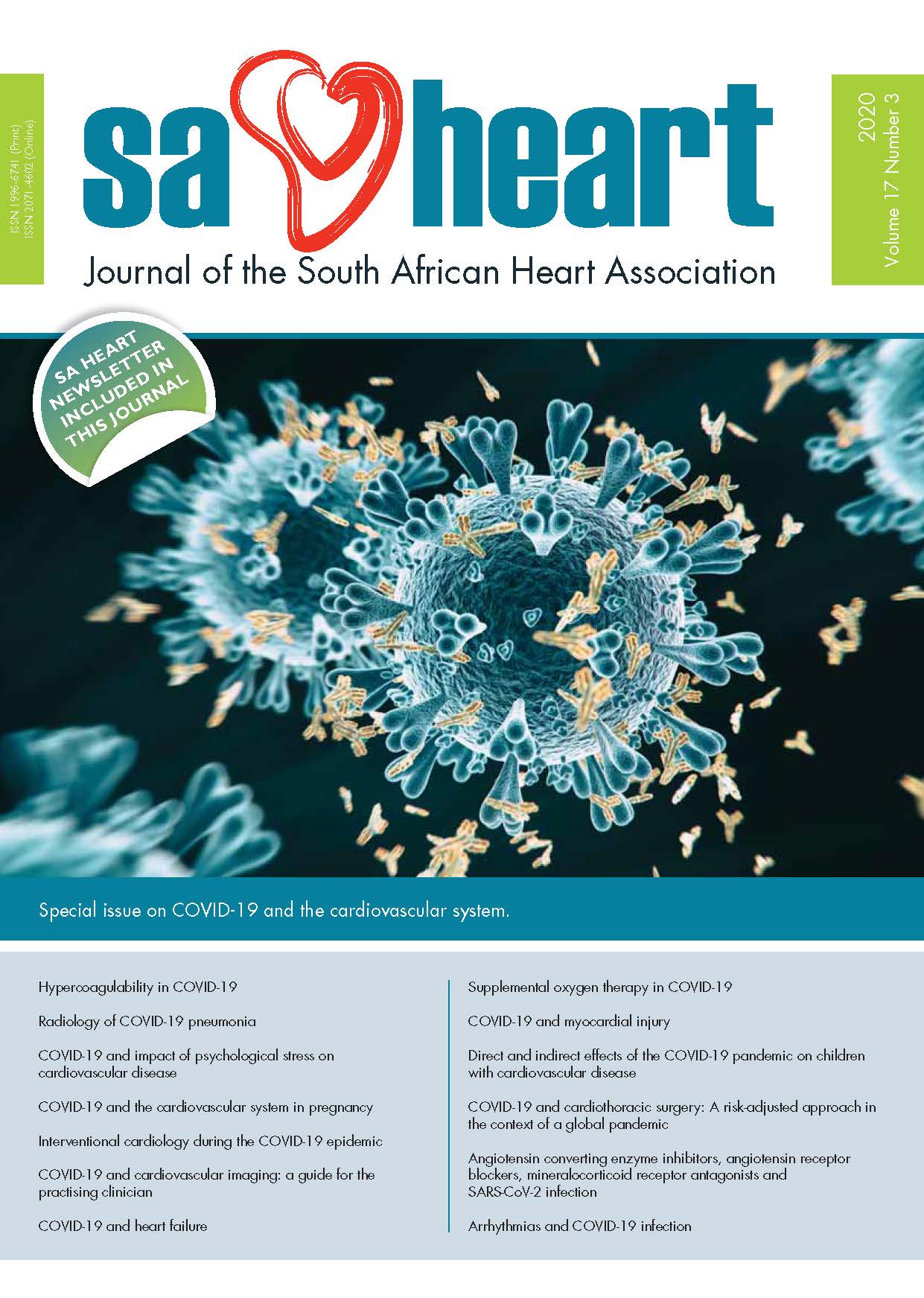Hypercoagulability in COVID-19
DOI:
https://doi.org/10.24170/17-3-4372Abstract
COVID-19 is associated with a hypercoagulable state that may present as pulmonary thrombosis, pulmonary embolism, and venous and arterial thrombosis.
Suggested pathogenesis include direct infection of the endothelial cell with subsequent endothelial cell dysfunction, leading to increased procoagulant activity, decreased anticoagulant activity and decreased fibrinolysis. The severe immune inflammatory response in the lungs with cytokine release also plays a critical role (immunothrombosis). Hypoxia has a local and systemic effect on coagulation. Various markers of this state have been described, and especially the D-dimer level (and rapid changes in the D-dimer level) as a reliable prognostic marker. It is also used as indicator for initiation of anticoagulation by some experts. Due to the pleotrophic effects of heparin, it is the anticoagulant of choice for these patients (most often low molecular weight heparin, due to decreased risk of heparin induced thrombocytopenia, ease of use). No clinical trial data is available at the time of writing (28 May 2020), and suggested guidelines of experts in different countries are discussed.
Downloads
Downloads
Published
How to Cite
Issue
Section
License
This journal is an open access journal, and the authors and journal should be properly acknowledged, when works are cited.
Authors may use the publishers version for teaching purposes, in books, theses, dissertations, conferences and conference papers.
A copy of the authors’ publishers version may also be hosted on the following websites:
- Non-commercial personal homepage or blog.
- Institutional webpage.
- Authors Institutional Repository.
The following notice should accompany such a posting on the website: “This is an electronic version of an article published in SAHJ, Volume XXX, number XXX, pages XXX–XXX”, DOI. Authors should also supply a hyperlink to the original paper or indicate where the original paper (http://www.journals.ac.za/index.php/SAHJ) may be found.
Authors publishers version, affiliated with the Stellenbosch University will be automatically deposited in the University’s’ Institutional Repository SUNScholar.
Articles as a whole, may not be re-published with another journal.
Copyright Holder: SA Heart Journal
The following license applies:
Attribution CC BY-NC-ND 4.0

